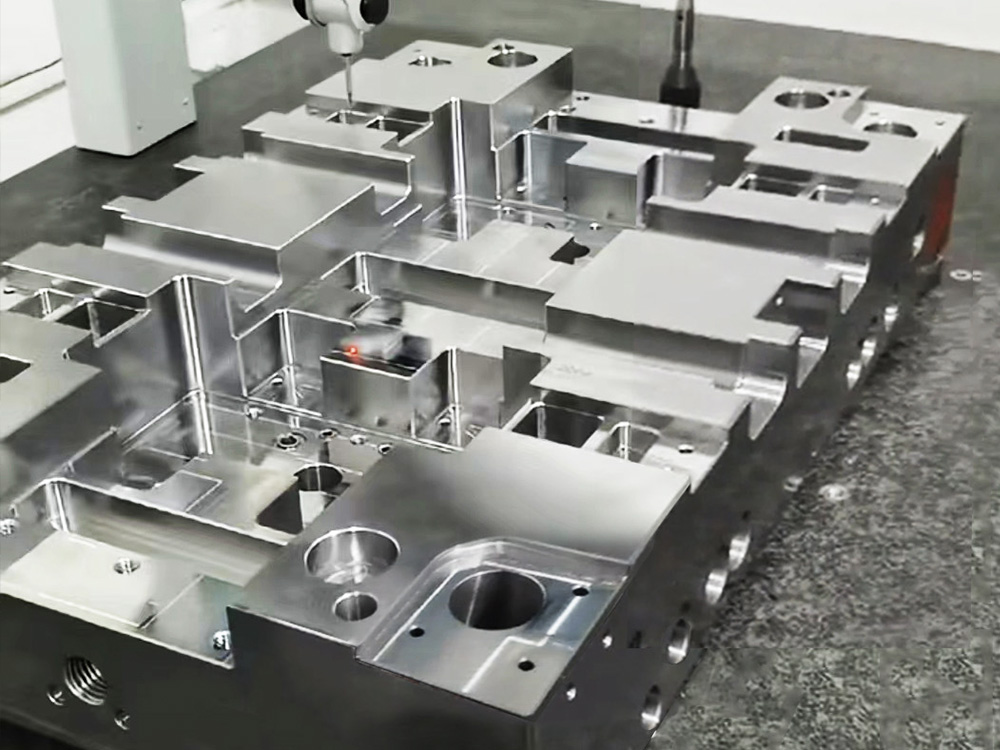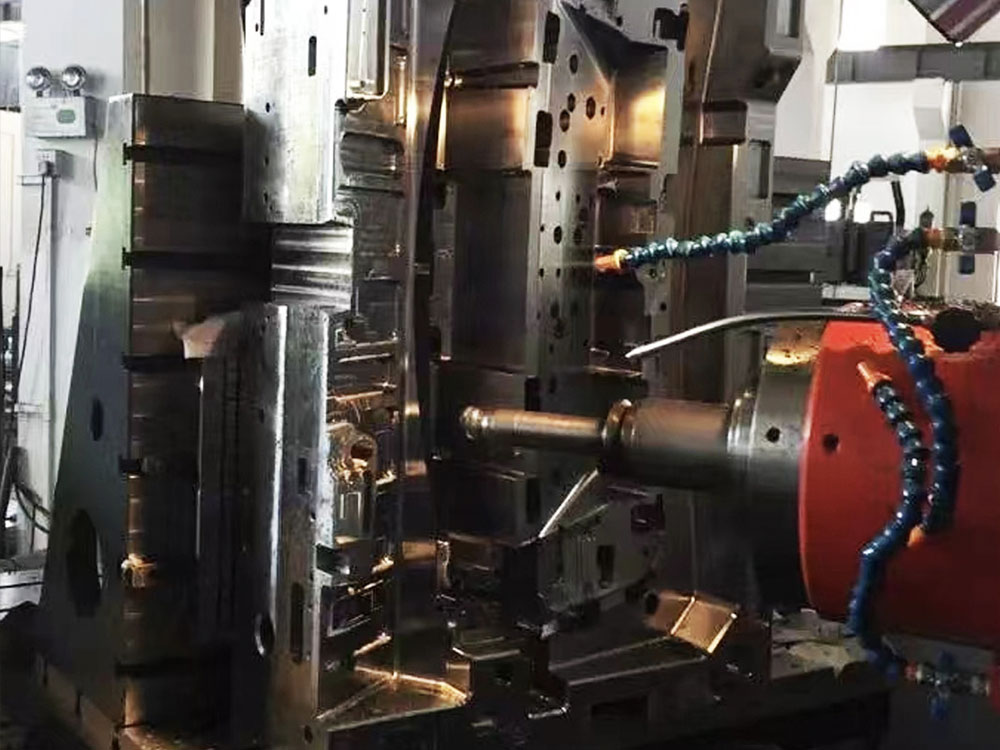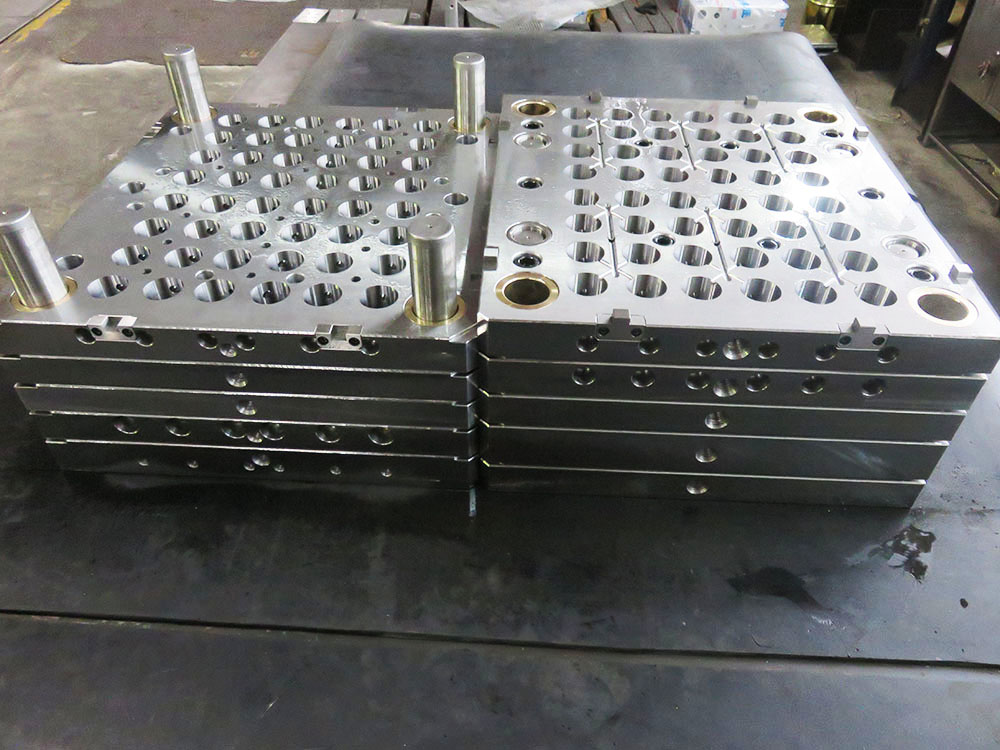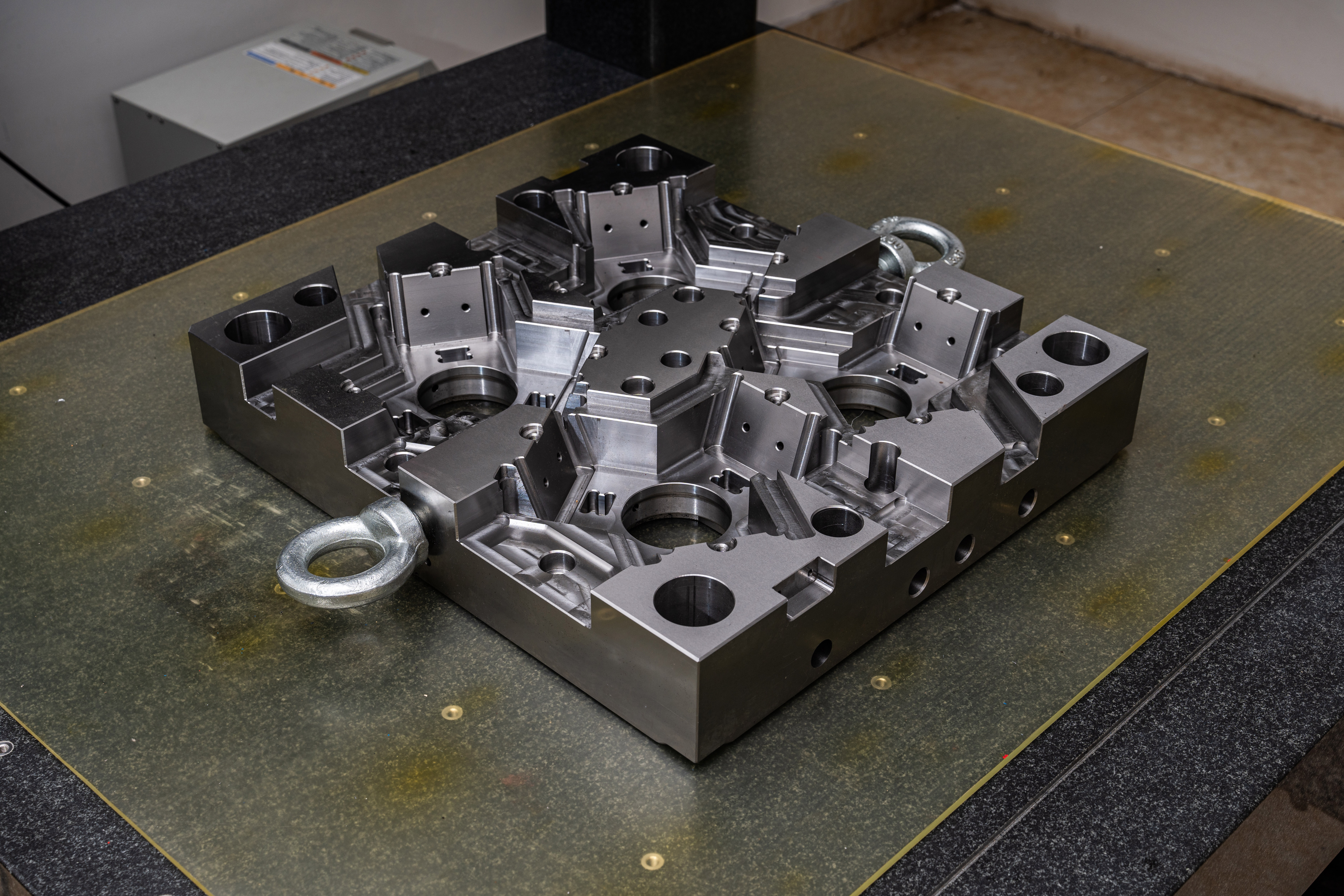The Importance of Choosing the Right Tool for Mold Base Cutting Technique
Mold base manufacturing is a critical process in the production of various plastic products. The precision and quality of the mold base directly affect the final outcome of the molded parts. In this industry, selecting the right cutting technique and using the appropriate knife is crucial for achieving accurate and efficient results. This article will explore the importance of selecting the right tool for the job and decipher the best knife for different mold base cutting techniques.
The Cutting Techniques in Mold Base Industry
The mold base industry often employs various cutting techniques, including milling, grinding, drilling, and turning. Each technique requires a specific knife with unique characteristics to ensure optimal performance and desired outcomes.
Choosing the Right Knife for Milling
Milling is a machining process that involves removing material from a workpiece using rotary cutters. When it comes to mold base manufacturing, precision and surface finish are of utmost importance. For milling, a flat-end mill or a ball-nose mill is commonly used.
A flat-end mill is suitable for roughing and removing a large amount of material. It is characterized by its flat cutting surface, which allows for efficient material removal. On the other hand, a ball-nose mill is used for finishing operations, providing excellent surface quality and detail. Its curved cutting edge helps create smooth contours and complex shapes.
Grinding Techniques and Appropriate Knives
Grinding in mold base manufacturing is mainly employed for achieving precise dimensional accuracy and surface finish. Two common grinding techniques used are surface grinding and cylindrical grinding.
For surface grinding, a surface grinding wheel is the most suitable tool. These wheels consist of abrasive particles bonded together to form a rotating wheel. The abrasive material and bonding agent selection depends on the material being ground. Diamond and cubic boron nitride (CBN) are often used for grinding hardened steel materials.
When it comes to cylindrical grinding, a cylindrical grinding wheel is employed. It is a versatile tool that can handle various diameters and lengths. Cylindrical grinding wheels are typically made from aluminum oxide or silicon carbide and come in different grit sizes to achieve the desired surface finish.
Drilling Techniques and the Ideal Knife
The drilling process is commonly used in mold base manufacturing to create holes and cavities for cooling systems, ejector pin holes, and other critical features. For drilling, a twist drill bit is frequently utilized.
Twist drill bits consist of a spiral-fluted cutting edge that allows for efficient chip evacuation during the drilling process. These bits often have a 118-degree point angle for general-purpose drilling. However, for drilling harder materials, such as hardened steel, a drill bit with a 135-degree point angle or even a carbide drill bit is preferred to enhance durability and performance.
Turning Techniques and Appropriate Knives
Turning is a widely used technique in mold base manufacturing for creating cylindrical shapes, such as cores and cavities. The primary tool for turning is a lathe, which uses a variety of cutting inserts.
The choice of cutting inserts for turning depends on factors such as the workpiece material, machining conditions, and desired surface finish. Commonly used inserts include carbide inserts, ceramic inserts, and polycrystalline diamond (PCD) inserts. Carbide inserts are cost-effective and versatile, suitable for a wide range of materials. Ceramic inserts provide higher cutting speeds and can withstand high temperatures. PCD inserts, on the other hand, are ideal for machining non-ferrous materials and composites due to their exceptional hardness and wear resistance.
Conclusion
Choosing the right tool for the job is essential in the mold base industry to achieve accurate and efficient results. Whether it is milling, grinding, drilling, or turning, each cutting technique demands specific tools with distinct characteristics. By understanding the different cutting techniques and the corresponding knives, mold base manufacturers can enhance their productivity, precision, and overall quality of the final product.




